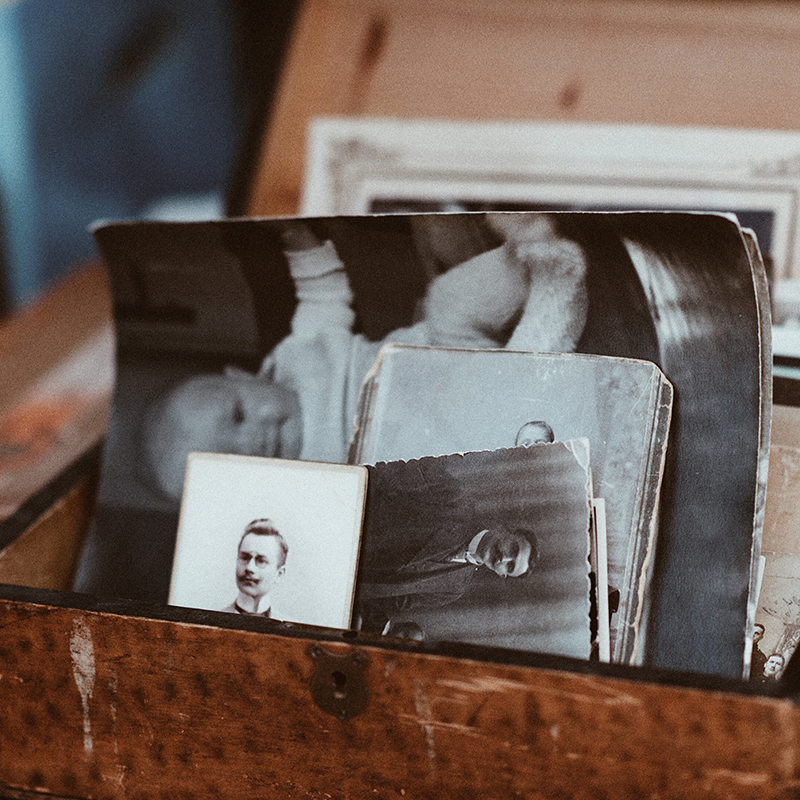Status: Complete
Recent studies have shown that characteristics of the face contain a wealth of information about health, age and chronic clinical conditions. Such studies involve objective measurement of facial features correlated with historical health information. But some individuals also claim to be adept at gauging mortality based on a glance at a person’s photograph. To test this claim, we invited 12 such individuals to see if they could determine if a person was alive or dead based solely on a brief examination of facial photographs. All photos used in the experiment were transformed into a uniform gray scale and then counterbalanced across eight categories: gender, age, gaze direction, glasses, head position, smile, hair color, and image resolution. Participants examined 404 photographs displayed on a computer monitor, one photo at a time, each shown for a maximum of 8 s. Half of the individuals in the photos were deceased, and half were alive at the time the experiment was conducted. Participants were asked to press a button if they thought the person in a photo was living or deceased. Overall mean accuracy on this task was 53.8%, where 50% was expected by chance (p < 0.004, two-tail). Statistically significant accuracy was independently obtained in 5 of the 12 participants. We also collected 32-channel electrophysiological recordings and observed a robust difference between images of deceased individuals correctly vs. incorrectly classified in the early event related potential (ERP) at 100 ms post-stimulus onset. Our results support claims of individuals who report that some as-yet unknown features of the face predict mortality. The results are also compatible with claims about clairvoyance warrants further investigation.
